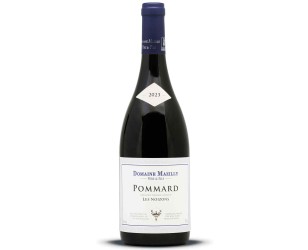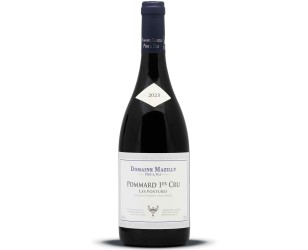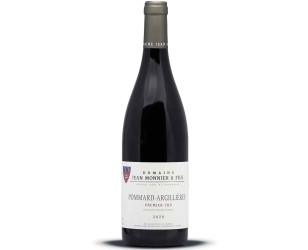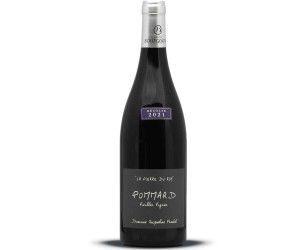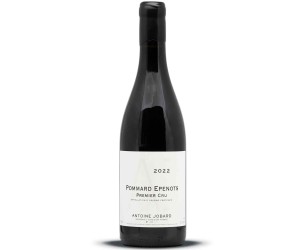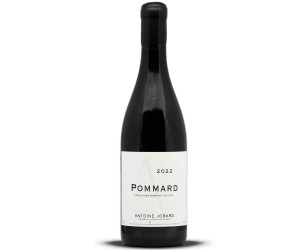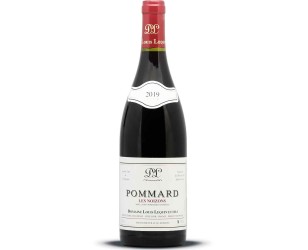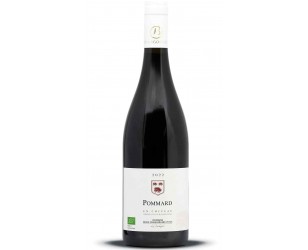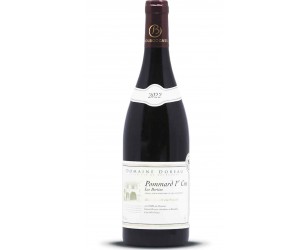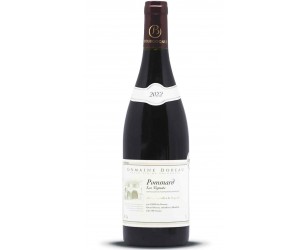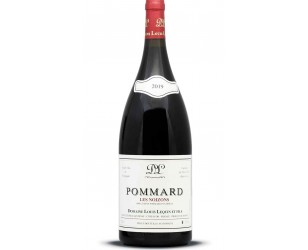Domaine Mazilly
Online Purchase Wines appellation Pommard
-
Category
Village appellation
-
Wine-producing region
VIGNOBLE DE LA CÔTE DE BEAUNE
-
Information
Appellation Village of the Côte de Beaune region (Côte-d’Or).
Producing commune: Pommard.
This appellation includes 28 Premiers Crus, the best known of which are Les Rugiens and Les Épenots.
On the label, the appellation POMMARD and POMMARD PREMIER CRU may be followed by the name of their Climat of origin.
-
Production surface area
Area under production*:
1 hectare (ha) = 10,000 m2 = 24 ouvrées.
321.63 ha (including 115.82 ha Premier Cru).
Beware of preconceived notions! The fame of Pommard in the 19th century earned it the image of a wine that is both forceful and virile. In reality, time, terroir and methods of vinification have all combined to create a more subtle reality, a wine that is both richer and more sensitive. Its colour is the deep, dark red with mauve highlights which caused Victor Hugo to speak of it as “night in combat with day”. Its aromas are redolent of blackberry, bilberry, or gooseberry, cherry pit and ripe plum. Often, wild and feline notes develop with age. At full maturity, it tends towards leather, chocolate and pepper.
It needs to be given time to open up to its fullest extent and to display its mouth-filling texture, its firm but delicate structure, its fruit-filled mouth, and its chewy tannins, which by then will be properly smoothed down. A “rich” wine ? Certainly.
This illustrious representative of the Côte de Beaune with its dense and massive tannins revels in furred or feathered game, braised or roasted, which will find in Pommard (and especially in the Premiers Crus) an invaluable collaborator. Thick cut beefsteak, lamb, or stewed poultry will respond to its firm-textured tannins and concentrated aromas. It is a natural partner for cheeses with well-developed flavours: Époisses, Langres and Soumaintrain, but also Comté.
Serving temperature: 14 to 16°C.
For centuries Pommard has been considered the typical Bourgogne: deep red in colour, powerfully aromatic, solid and trustworthy. The very name Pommard has a generous ring to it and fills the mouth as it fills the glass. Pommard with its smiling vineyards lies between Beaune and Volnay where the Côte de
Beaune makes a slight turn towards Autun. These lands formerly belonged to the Dukes of Bourgogne, to religious houses including the abbey of Cîteaux, or to old families such as the Marey-Monge family. As early as the Middle Ages, Pommard was thought of as the flower of Bourgogne wines - the wine to which all others were compared. The appellation, one of the first AOC to be so designated (1936), grows only red wines from the Pinot Noir grape.
On the lower ground the soil is ancient alluvium. Mid-slope, the clay-limestone soils are well drained thanks to the inclusion of rock debris. Higher still are Jurassic (Oxfordian) marls, brown calcic soils, and brown limestone soils. In places, the soil is reddened by the presence of iron. Exposure: south or east.
Altitudes: 250 to 330 metres.
Source : https://www.bourgogne-wines.com
There are 11 products.
Pommard Premier Cru 2023 - "Les Poutures"
Domaine Mazilly
Pommard Premier Cru 2020 - "Argillières"
Vins de Bourgogne
Pommard 2021 - "La Pierre du Roy"
Vins de Bourgogne
Pommard Premier Cru 2022 - "Epenots"
Domaine Antoine Jobard
Domaine Antoine Jobard
Domaine Louis Lequin - Santenay
Pommard 2022 "En Chiveau" - Organic
Vins de Bourgogne
Pommard Premier Cru 2022 - "Les Bertins"
Domaine Doreau
Domaine Doreau
Magnum Pommard 2019 - "Les Noizons"
Domaine Louis Lequin - Santenay

